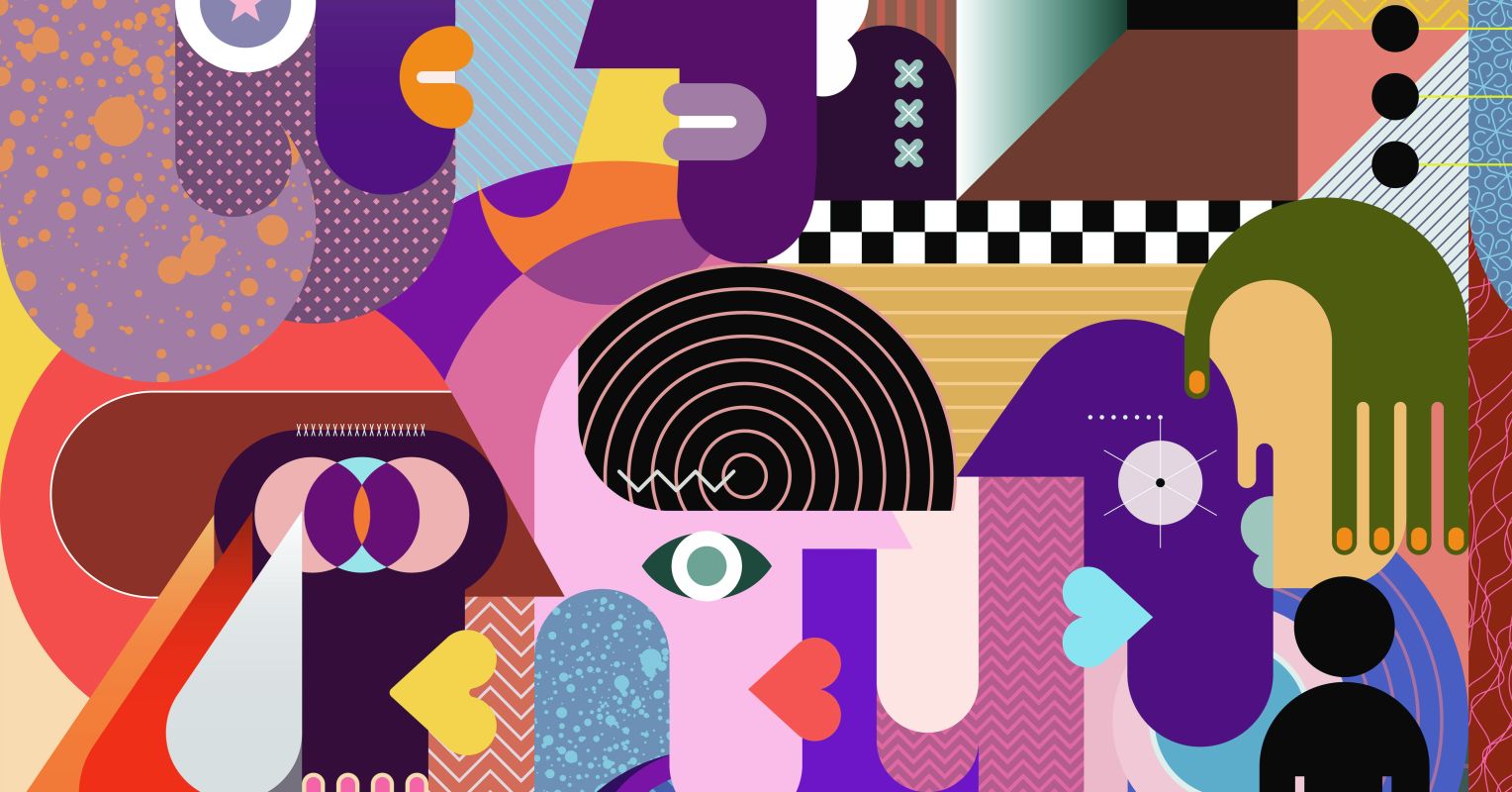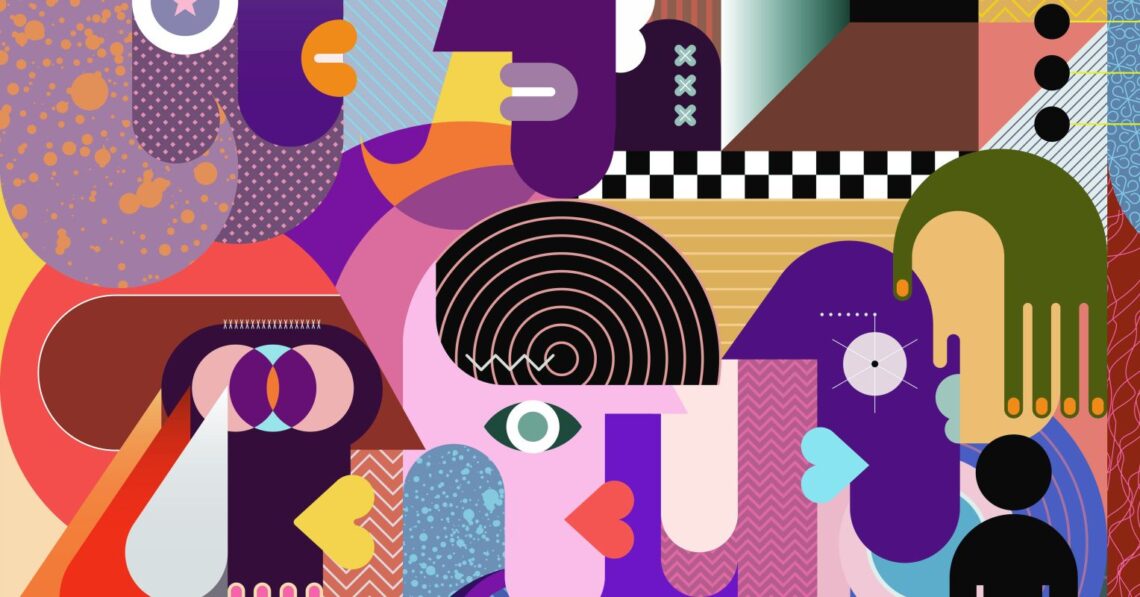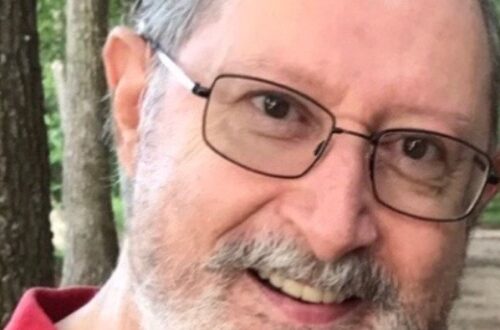
Sighted people tend to fear blindness as much as or more than other disabling impairments (Enoch et al., 2019; Scott et al., 2016). They view blindness as tragic and assume that blind people are desperate for a cure (Nario-Redmond, 2020).
At the onset of sight loss, people experience severe psychological distress (Boagy et al., 2022; Nyman et al., 2012). At that point, virtually all would welcome a treatment that would reverse their sight loss.
But the collapse of their sighted identity eventually leads them to begin forming a new identity that includes blindness as a central feature.
What Is Identity?
In psychology, “identity” refers to a person’s beliefs about how they are similar to and different from others (Brewer, 1991; Erikson, 1968). We demonstrate our similarities by aligning ourselves with people and social groups with beliefs, values, goals, and other attributes that we find attractive. We demonstrate our differences by expressing beliefs, values, traits, goals, etc., that are not shared by these people and groups.
According to Erik Erikson (1968), identity formation is the primary focus of personality development from early adolescence to early adulthood. Erikson called this focus the “identity crisis.” Susan Branje and her colleagues (2021) stated that “adolescents begin to question and explore … [who] they are and want to be, the roles they want to occupy in adulthood, and their place in society.”
During adolescence, we begin to construct an autobiographical narrative that connects who we were in the past, who we are in the present, and who we will be in the future. In this life story, we come to view ourselves as the same self over time and across varying life circumstances.
Identity provides us with purpose and meaning in our lives and, therefore, is a primary motivator for our actions. Identity helps us to:
- Set both short-term and long-term goals.
- Persevere in goal attainment after experiencing frustrations and failures.
- Establish and maintain good relationships.
Sight Loss Before Adolescence
The effects of blindness on identity depend on the age of onset of sight loss. People who lose their sight early in life readily integrate blindness into their identity because they have always viewed themselves as visually impaired. As one adolescent stated, blindness “never really bothered me, cos I’ve never seen properly. It’s just who I am” (Robertson et al., 2021). Forming a blind identity in adolescence helps them to cope with the challenges they will face as adults (Bogart, 2014).
Sight Loss After Adolescence
The onset of blindness in adulthood splinters the sighted identity formed during the adolescent identity crisis. The person will need to create a new autobiographical narrative by committing to new roles, groups, beliefs, goals, etc. (Ferrey et al., 2024; Galvin, 2005).
The quality of their relationships is important in forming a new identity (Branje et al., 2021). They need to kindle new relationships with people who accept their blindness. And they must prepare themselves to lose friends who cannot do so, as in the case of a young woman named Pearl: “It really upset me. I lost so many friends because I wasn’t Pearl. I was Pearl who just found out she has got an eye disability” (Robertson et al., 2021).
Identity formation is even more complicated when one has enough residual vision during adolescence to appear sighted to others, as in the case of Kaila Allen, a personal development coach in Arizona. She was born with a hereditary retinal condition that took her peripheral vision during childhood. Although she was legally blind, she had enough central vision to participate in many sighted activities.
Kaila was mainstreamed through the end of high school. She also received rehabilitation services outside of school to prepare for her eventual loss of central vision.
Kaila’s twilight existence at the border between the sighted and blind worlds deeply unsettled her. I asked her if she would have agreed, when she was a teenager, to a cure for her retinal disease if one had been available. She answered, “Yes.” Her partial sightedness had embarrassed her because it made her different from her fully sighted peers. And she could not celebrate the most important teenage rite of passage: getting a driver’s license.
Kaila did not have a sense of belonging in either the sighted or blind worlds. The lack of belongingness hindered her ability to resolve her identity crisis.
She felt relieved when she lost her central vision in adulthood. She finally experienced a sense of belonging in the blind world. When I asked her if she would now choose sight if a cure for her blindness was found, she answered, “No,” and explained her decision: “I know who I am. I know where I sit in the world and I’m comfortable with what I’m doing.”
Kaila’s positive attitude about her blindness shows that she has successfully formed a disability identity (Dunn & Burcaw, 2013; Forber-Pratt et al., 2017). People who have formed a disability identity demonstrate:
- a positive sense of self
- pride in their disability status
- a feeling of belonging to a community of disabled people
Harlan Hahn and Todd Belt (2004) found that people with a strong disability identity are not seeking a “cure.” They asked a group of disability activists to rate how much they agreed or disagreed with the following statement: “Even if I could take a magic pill, I would not want my disability to be cured.”
Many participants agreed with the statement. And the researchers found that the more that participants rejected the idea of a cure, the more they agreed with disability-affirmation statements such as:
- “In general, I’m glad to be a person with a disability.”
- “Being a person with a disability is an important reflection of me.”
In my next post, I will discuss the search for blindness cures and their possible reception in the blindness community.
Note: I want to thank Kiera Feng for her editorial assistance.





